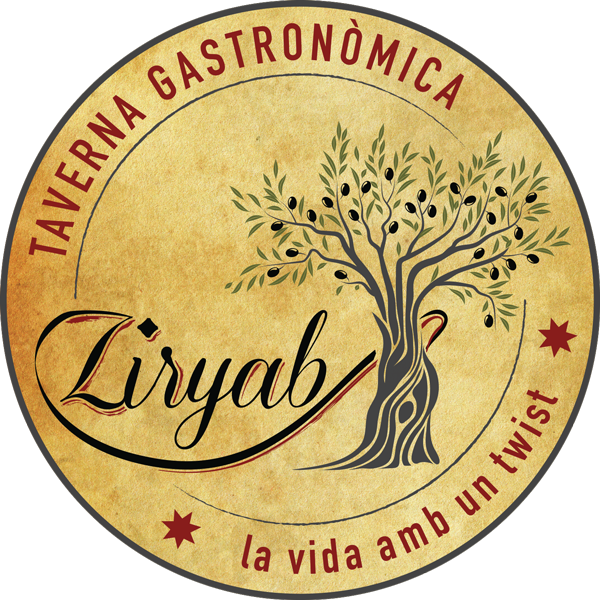Welcome to the weird and wonderful world of…
NATURAL WINES!
Ziryab has entered the fabulous new realm of wines that are made in a more organic, healthy and respectful way, and we have a bunch of these new wines on our menu for you to try at totally affordable prices.
First off, “what is a natural wine”, you may ask?
It’s not easy to find one common description for natural wines. This may be in part also because it is a field that is still developing, at least as far as the commercial wine sector is concerned. But in fact, natural wines have been produced for thousands of years, and are really not a new thing.
 In fact France is the leading naturalist worldwide, with many producers only making their wines in a natural style. Although the term is becoming increasingly talked about, these producers refuse to “label” and market their wines as natural wines, claiming this should be the only form of wine-making, and is the way they have always made wines.
In fact France is the leading naturalist worldwide, with many producers only making their wines in a natural style. Although the term is becoming increasingly talked about, these producers refuse to “label” and market their wines as natural wines, claiming this should be the only form of wine-making, and is the way they have always made wines.
A natural wine is a wine produced in a way that is closest to nature as possible, with the least form of intervention manageable. The idea is to preserve, within that bottle of wine, the natural biodiversity where the actual plant (the vine) has grown, without adding on extra methods of wine-making (e.g. carbonic maceration, malo-lactic fermentation, fermentation on lees, etc) or types of ageing (e.g. in oak barrels) that – although highly popular and common in modern wine-making, can alter the taste of a wine and take that wine very far away from the actual terroir: the soil and climate of the original grape.
This means that natural wines generally are not aged, but rather are made to be drunk young and fresh, and also they are unlikely to survive for a long time in your wine cellar in case you were remotely thinking of hoarding them…
Another factor very common to modern wines is the use of certain effects carried out towards the end of the wine-making process, to ensure a longer shelf-life and that – once opened – the wine is still relatively tasty to drink for some days before becoming totally oxidised. These are:
- Stabilisation of a wine – this often involves adding sulphur dioxide (SO2) to allow wines to be preserved longer without oxidising
- Filtration of a wine – this gets rid of any bits and bobs left over after the fermentation of the wine – bits of grape skins or stems, bits of yeast left over from the fermentation process…
These common processes make for a “clean” and easy drinking wine, and are used in most of the wines we find stocked on supermarket shelves. These wines maybe reflect something of the grape variety and the personal taste of the wine-maker, but they often lack a strong personality. In contrast, natural wines do not carry out these processes and, as a consequence, are often quite cloudy in their appearance and have strange countryside rustic aromas (often due to the presence of natural yeasts that would otherwise be filtered out before the wine is bottled). This type of wine may seem bizarre to us who have drunk commercial wines all our lives. But natural wines are true to themselves and to the land they come from and, when you get used to them, are full of charm, character and seduction…
 The best natural wines are made with no (or very little) SO2, no filtration or stabilisation, and use indigenous yeasts (from the grape’s own skin, rather than yeast that has been manufactured in a laboratory). In this way, they transport you to the region in which the grapes were grown. They bring you a wine that is truer and more honest in its identity, a healthier wine more organic in its makeup, and a wine that brings us back to the essence of wine-making, just the way the Romans did it.
The best natural wines are made with no (or very little) SO2, no filtration or stabilisation, and use indigenous yeasts (from the grape’s own skin, rather than yeast that has been manufactured in a laboratory). In this way, they transport you to the region in which the grapes were grown. They bring you a wine that is truer and more honest in its identity, a healthier wine more organic in its makeup, and a wine that brings us back to the essence of wine-making, just the way the Romans did it.
The wines we now have on our menu @ Ziryab are:
 Petite Fleure 2015 (from Alsace, the grape is Muscat; fresh, flora & fabulous!)
Petite Fleure 2015 (from Alsace, the grape is Muscat; fresh, flora & fabulous!)
Occhipinti 2015 (red wine from Sicily, indigenous grape “Frappato” which is often used to make their sweet wine Marsala; charming and intensely Meditteranean!)
Les Planetes Nin 2016 (from Catalonia, the grape is Garnatxa fermented in clay “anforas”; intriguing and magnificent!)
Vino Costa 2014 (a rosé from Granada in Andalusia, the grape is Listan negro; a brilliant discovery!)
If you are interested in learning more, there are different annual natural wine festivals you can attend, every February, to try different wines:
“La Dive Bouteille” in the Loire Valley in France (http://www.dive-bouteille.fr)
“Vins Nus” in Barcelona (https://www.facebook.com/barcelonavinsnaturals/)
“Vella Terra” in Barcelona (http://vellaterra.com)
